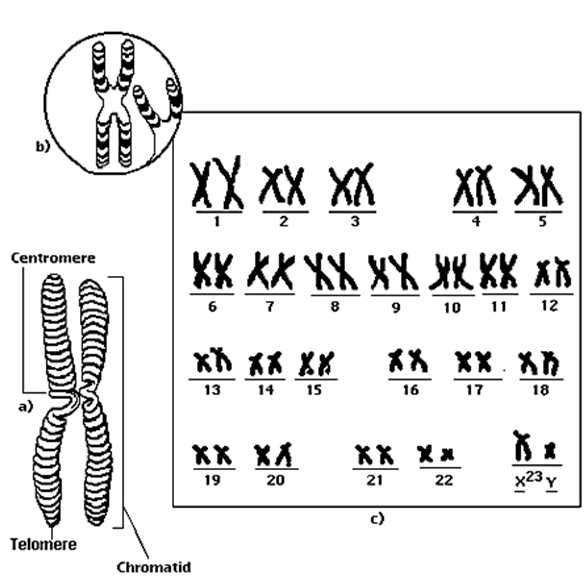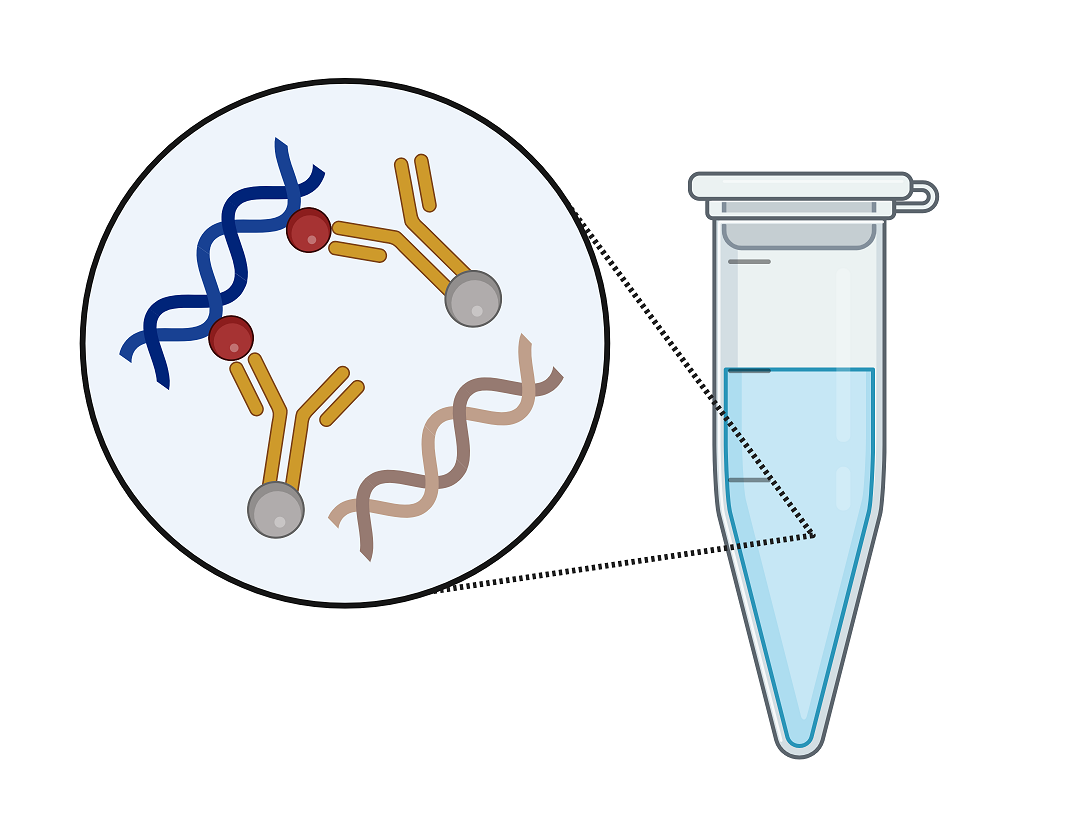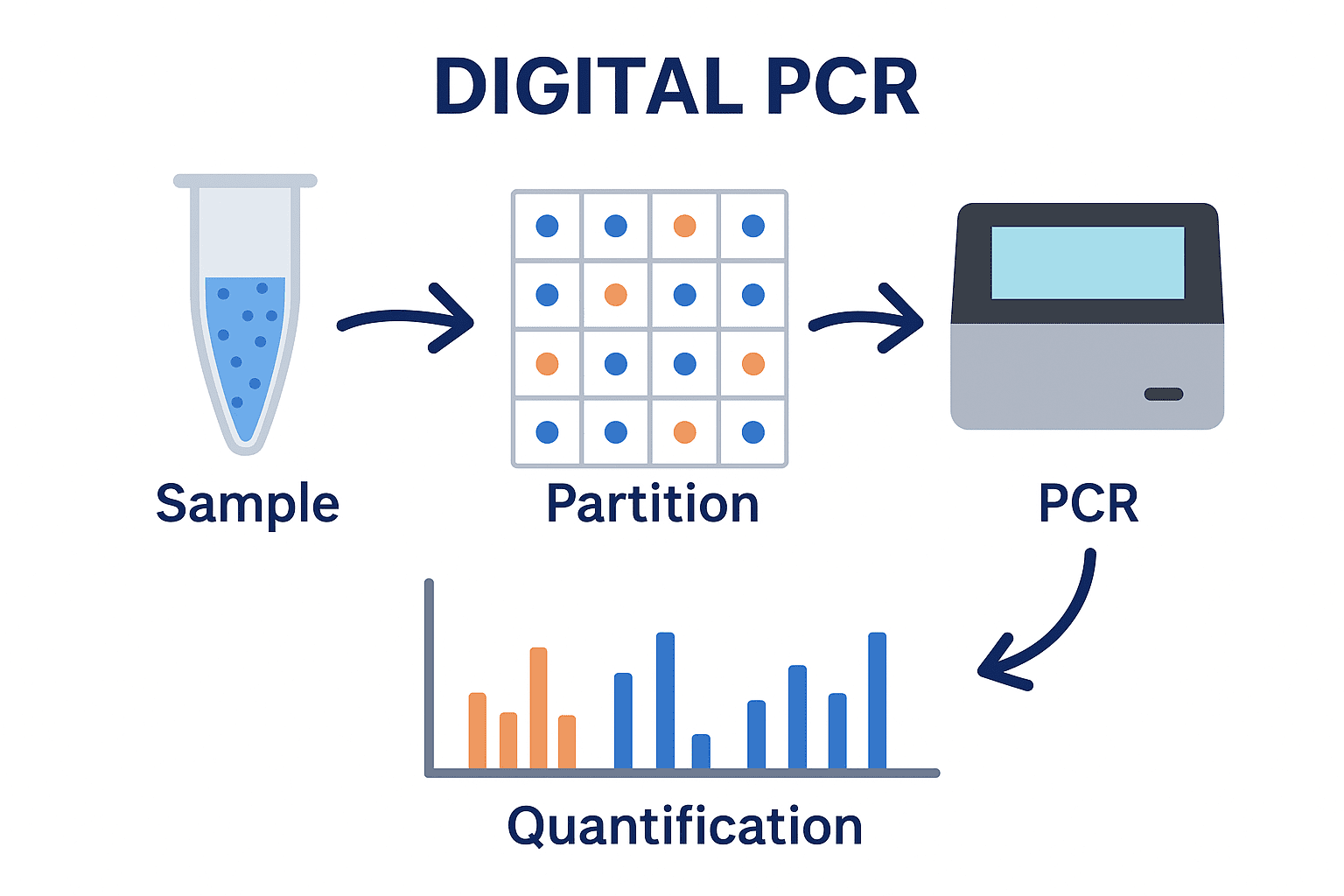Biotechnology, the application of biological systems or organisms to develop products and technologies for human benefit, is underpinned by a vast array of biological agents. These include prokaryotic and eukaryotic organisms such as plants, animals, and—most significantly—microorganisms. Among these, microorganisms are particularly valued in both traditional and modern biotechnological applications due to their diverse metabolic capabilities, rapid growth, and amenability to genetic modification.
Over the past few decades, the role of microorganisms in biotechnology has expanded dramatically, from their traditional uses in fermentation to cutting-edge applications in genetic engineering, environmental remediation, pharmaceuticals, agriculture, and synthetic biology. Both naturally occurring and genetically modified microorganisms are now central to producing valuable substances ranging from enzymes and biofuels to vaccines and therapeutic proteins.
1. Scope of Biotechnological Organisms
Biotechnology utilizes both whole organisms and their molecular components. While higher organisms such as animals and plants are genetically manipulated to produce transgenic varieties for agricultural or pharmaceutical use, microorganisms remain the cornerstone of many industrial and laboratory-scale processes.
Transgenic animals and plants, for example, have been developed for purposes ranging from improved agricultural traits (e.g., pest resistance, drought tolerance) to the production of pharmaceutical compounds (a process known as “pharming”). However, due to their simplicity and ease of manipulation, microorganisms have been preferred in processes requiring high-throughput, cost-effective, and scalable production.
Microbial biotechnology exploits both prokaryotic (e.g., bacteria and archaea) and eukaryotic microorganisms (e.g., fungi, algae, and yeasts). Through genetic engineering techniques, these microorganisms can be programmed to produce a wide range of non-native products, including human therapeutic proteins such as insulin, growth hormones, interferons, and monoclonal antibodies.
A landmark achievement in microbial biotechnology was the genetic modification of Escherichia coli and Saccharomyces cerevisiae (yeast) to produce recombinant human insulin. This innovation revolutionized diabetes treatment and underscored the potential of genetically modified microorganisms in large-scale production of biologics.
2. Major Groups of Microorganisms Used in Biotechnology
Microorganisms utilized in biotechnological applications are typically grouped into the following categories:
a. Archaea
Archaea are a group of single-celled prokaryotic organisms that thrive in extreme environments such as hot springs, salt lakes, and deep-sea hydrothermal vents. Though not as widely used as bacteria in mainstream industrial biotechnology, archaeal species possess unique enzymes known as extremozymes. These enzymes are highly stable under extreme conditions of temperature, salinity, and pH, making them ideal for industrial processes that require robust catalysts.
For instance, the thermostable DNA polymerase derived from Thermococcus litoralis, an archaeon, is used in polymerase chain reaction (PCR) techniques, similar to the better-known Taq polymerase from thermophilic bacteria.
b. Bacteria
Bacteria are arguably the most commonly used microorganisms in biotechnology. Their fast growth rates, well-characterized genetics, and capacity to express foreign genes make them ideal candidates for producing enzymes, antibiotics, vitamins, amino acids, and recombinant proteins.
Prominent bacterial species in biotechnology include:
- Escherichia coli: Used extensively in recombinant DNA technology for producing insulin, human growth hormone, and other proteins.
- Bacillus subtilis: Known for its ability to secrete large amounts of enzymes like amylases and proteases.
- Streptomyces spp.: Source of many antibiotics, including streptomycin, tetracycline, and chloramphenicol.
- Pseudomonas putida: Used in environmental biotechnology for bioremediation due to its ability to degrade toxic organic compounds.
c. Fungi
Fungi, particularly molds and yeasts, play a vital role in industrial biotechnology. They are widely used in fermentation processes and for the large-scale production of antibiotics, organic acids, and enzymes.
Key fungal organisms include:
- Saccharomyces cerevisiae (Baker’s yeast): Used in baking, brewing, and wine-making. Also engineered to produce ethanol, insulin, vaccines, and therapeutic proteins.
- Aspergillus niger: Produces citric acid, an important food additive, and industrial enzymes such as glucoamylase and lipase.
- Penicillium chrysogenum: Used for the industrial production of penicillin and other beta-lactam antibiotics.
d. Algae
Microalgae and cyanobacteria are important in biotechnology for producing biofuels, pigments, vitamins, and nutraceuticals. They also offer sustainable options for carbon capture and wastewater treatment.
For instance, Chlorella and Spirulina are cultivated for their high protein content and are used in health supplements. Genetically engineered algae are also being developed for producing recombinant proteins and lipids suitable for biodiesel production.
e. Viruses
Viruses are primarily used as tools in biotechnology rather than as producers. They serve as vectors in gene therapy and vaccine development. For example, adenoviruses and lentiviruses are used to deliver genetic material into mammalian cells in vitro and in vivo. The modified vaccinia virus is used in producing recombinant vaccines, such as those for smallpox and Ebola.
3. Criteria for Selecting Microorganisms for Biotechnological Processes
The selection of suitable microorganisms for biotechnological applications is a critical step that underpins the efficiency, scalability, safety, and economic viability of industrial processes. The vast microbial diversity found in nature—ranging from extremophilic archaea to highly specialized bacterial and fungal strains—offers an extensive pool of biological candidates. However, not all microorganisms are fit for purpose. Within the same genus, or even species, certain strains may exhibit traits that are far more desirable than others for a specific application. Therefore, the choice of microbial strain is a product of strategic selection based on a combination of physiological, genetic, biochemical, and ecological traits.
A successful microbial candidate must not only be capable of synthesizing the desired product, but must also exhibit favorable traits that make large-scale cultivation, genetic manipulation, and downstream processing technically feasible and economically advantageous. The following criteria represent the most essential characteristics taken into account when selecting microorganisms for biotechnological processes:
a. High Growth Rate
A high growth rate is one of the most sought-after traits in a microbial strain used for industrial biotechnology. Organisms that can rapidly reproduce reduce the duration of fermentation cycles, thus improving process efficiency and reducing operational costs. Fast-growing strains also allow for quicker iterative testing during strain development and optimization.
In large-scale industrial bioreactors, short doubling times mean that biomass can be rapidly accumulated and maintained at high densities, which is especially crucial for processes that rely on biomass as the primary product (e.g., single-cell protein production) or that require a large number of cells for efficient product synthesis (e.g., recombinant protein production).
Examples include Escherichia coli, which has a doubling time of approximately 20 minutes under optimal conditions, and Bacillus subtilis, which also exhibits rapid growth and is often used in enzyme production.
b. Genetic Stability
Genetic stability refers to the ability of a microorganism to maintain its genetic composition and functional traits over successive generations, especially under prolonged cultivation or stress conditions. In the context of biotechnology, stability is critical to ensure consistent product yield and quality.
Microorganisms used in industrial settings often undergo continuous or batch culture over long durations. If a strain is genetically unstable, it may lose plasmids, mutations may arise, or engineered genes may be silenced, all of which can compromise production efficiency. This is particularly concerning for strains engineered to express foreign proteins, as the energetic burden can sometimes lead to selective loss of engineered traits.
Therefore, strains with inherent genomic stability, or those engineered to integrate foreign genes into the chromosome rather than maintaining them on plasmids, are often preferred.
c. Amenability to Genetic Manipulation
In modern biotechnology, the ability to genetically modify a microorganism is indispensable. The chosen organism must be amenable to genetic engineering techniques, which includes possessing a well-characterized genome, available tools for transformation, and compatible genetic elements such as vectors, promoters, and selectable markers.
For example, model organisms such as E. coli, Saccharomyces cerevisiae (yeast), and Corynebacterium glutamicum are favored because their genomes have been fully sequenced, and there is a vast repository of genetic tools and protocols available for their manipulation.
Additionally, recent advances in CRISPR/Cas9-based editing, synthetic biology, and systems biology require the host organism to be compatible with these platforms. Organisms that support homologous recombination or other targeted gene integration systems are particularly advantageous.
d. Capacity for Product Formation
The ability of the microorganism to produce the desired product—whether it be a metabolite, recombinant protein, enzyme, or bioactive compound—is fundamental. Some microorganisms naturally produce high levels of specific metabolites, while others may need to be genetically engineered to introduce or enhance particular biosynthetic pathways.
This capacity can be evaluated through parameters such as metabolic flux, yield coefficient (Yp/x), product specificity, and tolerance to product accumulation. For instance, lactic acid bacteria naturally produce lactic acid through fermentation, while Aspergillus niger is used for citric acid production due to its high yield and secretion efficiency.
Metabolic engineering can also be employed to redirect precursor metabolites toward desired biosynthetic routes, enhancing the output and specificity of product formation.
e. Non-pathogenicity
Microorganisms intended for industrial use, especially in food, pharmaceutical, and environmental applications, must be safe for humans, animals, and the environment. As a result, non-pathogenic and GRAS (Generally Recognized As Safe) strains are preferred.
This ensures that handling, production, and disposal processes do not pose biosafety hazards. For example, Lactobacillus species, commonly used in the food industry, and Bacillus subtilis, used in enzyme production, are non-pathogenic and have a long history of safe use.
Additionally, for pharmaceutical applications involving therapeutic protein production or probiotics, non-toxigenic and endotoxin-free strains are essential to meet regulatory standards.
f. Robustness Under Industrial Conditions
Industrial biotechnology often requires cultivation of microorganisms under conditions that are far from optimal. These may include variations in temperature, pH, osmolarity, dissolved oxygen levels, mechanical shear, and substrate concentrations. Therefore, microorganisms that can thrive under such fluctuating or extreme conditions are more desirable.
Strains used in bioprocessing must be able to tolerate industrial stressors while maintaining metabolic activity and product formation. Extremophiles, such as thermophilic archaea or halophilic bacteria, are examples of organisms that are naturally adapted to extreme environments and are being increasingly explored for industrial applications.
Stress-tolerant strains reduce the need for stringent control systems, thus lowering energy and equipment costs.
g. Non-viscous Culture Broth
In industrial fermenters, the rheological properties of the culture medium can greatly influence oxygen and nutrient transfer, agitation efficiency, and downstream processing. Microorganisms that produce large quantities of extracellular polysaccharides (EPS), mucilage, or biofilms can lead to high-viscosity broths, which are problematic for large-scale operations.
Such viscous media impede gas exchange and increase the energy required for mixing and aeration. Therefore, strains that grow in low-viscosity or homogeneous suspensions are preferred. Alternatively, strains can be genetically modified to reduce EPS production without compromising viability or productivity.
h. Ability to Degrade Pollutants (in Environmental Biotechnology)
In the field of environmental biotechnology, the ability of microorganisms to degrade or detoxify pollutants is a key selection criterion. Microorganisms that can metabolize complex organic compounds, such as hydrocarbons, pesticides, heavy metals, and industrial solvents, are used in bioremediation and waste treatment applications.
Examples include:
- Pseudomonas putida, known for its ability to degrade aromatic hydrocarbons.
- Rhodococcus species, which can metabolize a wide variety of toxic compounds.
- Fungi like Phanerochaete chrysosporium, which secrete lignin-degrading enzymes and are used in mycoremediation.
Microorganisms used in such contexts must not only be effective degraders but must also be able to survive in harsh environmental conditions, compete with native microbiota, and remain active over time.
i. Economic and Ecological Feasibility
Finally, the cost-effectiveness of sourcing, cultivating, and maintaining the microorganism at scale plays a critical role. Organisms that require minimal nutrient supplementation, are compatible with renewable feedstocks, or are already present in the waste or environmental matrix to be treated, offer substantial advantages.
Ecological compatibility, including the potential for horizontal gene transfer, ecological disruption, or long-term persistence, must also be assessed, particularly in environmental and open-field applications.
The selection of microorganisms for biotechnological purposes is a multidisciplinary process, drawing upon microbiology, molecular biology, process engineering, and environmental sciences. Each of the criteria outlined above contributes to the overall feasibility and success of a biotechnological venture, whether in health, agriculture, industry, or environmental sustainability. The ideal strain often results from careful screening, followed by iterative optimization through adaptive evolution, metabolic engineering, or synthetic biology.
4. Reasons for Using Microorganisms in Biotechnological Processes
The preference for microorganisms over other organisms in biotechnological applications is grounded in a combination of biological, economic, and technical advantages. Below are the primary reasons why microorganisms dominate this field:
a. High Reproductive Rate
Microorganisms can divide and multiply rapidly, often reaching millions of cells within hours. This high growth rate facilitates the fast production of desired products, thereby enhancing process efficiency.
b. Simple Nutritional Requirements
Many microorganisms can thrive on inexpensive and readily available substrates such as sugars, agricultural waste, or industrial by-products. This reduces the cost of cultivation and increases the sustainability of the process.
c. Diverse Metabolic Capabilities
Microorganisms exhibit a wide range of metabolic pathways, including aerobic and anaerobic respiration, fermentation, nitrogen fixation, and pollutant degradation. These pathways can be exploited or reprogrammed to yield commercially valuable substances.
d. Simple Genetic Architecture
Compared to higher organisms, microorganisms generally have less complex genomes. This simplicity facilitates genetic modification, gene editing (e.g., via CRISPR-Cas systems), and metabolic engineering.
e. Well-understood Regulatory Mechanisms
The regulatory networks governing microbial gene expression and metabolism are relatively well characterized. This understanding enables rational design and manipulation of gene circuits for desired outcomes.
f. Cost-effectiveness
Microbial cultivation and processing are generally more economical than animal or plant cell cultures. Bioreactors designed for microbial growth are also less complex and more scalable.
g. Environmental Availability
Microorganisms are ubiquitous and can be isolated from diverse environments, ranging from soil and water to the human body and extreme habitats. This availability allows for the discovery and exploitation of novel strains with unique capabilities.
h. Compatibility with Fermentation Technology
Many industrial processes are based on fermentation—a method that has been optimized over decades for microbial production. Advances in bioreactor design, process control, and downstream processing have made microbial fermentation an efficient platform for biotech production.
5. Applications of Microbial Biotechnology
Microorganisms are deployed in numerous sectors, including but not limited to:
a. Pharmaceutical Biotechnology
- Production of antibiotics: e.g., penicillin from Penicillium spp., streptomycin from Streptomyces griseus.
- Recombinant proteins: e.g., insulin, interferons, vaccines, monoclonal antibodies.
- Gene therapy vectors: e.g., modified viral systems for correcting genetic defects.
b. Agricultural Biotechnology
- Biofertilizers: Nitrogen-fixing bacteria like Rhizobium and Azospirillum.
- Biopesticides: Bacillus thuringiensis used to control insect pests.
- Plant growth promoters: Microbes that produce auxins, gibberellins, or solubilize phosphate.
c. Industrial Biotechnology
- Enzyme production: Proteases, cellulases, amylases, and lipases for food, detergent, textile, and paper industries.
- Organic acids and alcohols: Citric acid, lactic acid, ethanol, and butanol from fungi and bacteria.
- Bioplastics: Production of polyhydroxyalkanoates (PHAs) and polylactic acid (PLA) by bacteria.
d. Environmental Biotechnology
- Bioremediation: Use of microbes to clean up oil spills, heavy metals, and industrial waste.
- Wastewater treatment: Microbial consortia for breaking down organic pollutants.
- Bioenergy: Production of biogas, bioethanol, and biodiesel from microbial fermentation of biomass.
Conclusion
Microorganisms are indispensable tools in modern biotechnology, offering unparalleled advantages in terms of efficiency, diversity, and scalability. From the production of life-saving pharmaceuticals to the remediation of polluted environments, microbes play central roles in shaping the future of sustainable technology and industrial innovation. As molecular biology, synthetic biology, and systems biology continue to evolve, the possibilities for engineering microorganisms for even more complex and sophisticated biotechnological tasks are boundless. By leveraging their natural capabilities and enhancing them through precise genetic modifications, we unlock new pathways toward a healthier, cleaner, and more sustainable world.
References
Bains W (1998). Biotechnology: From A to Z. 2nd ed. Oxford University Press, New York, USA.
Bourgaize D, Jewell T.R and Buiser R.G (1999). Biotechnology: Demystifying the Concepts. Pearson Education, San Francisco, CA.
Brian Robert Shmaefsky (2006). Biotechnology 101. Greenwood Publishing Group, Inc, USA. Pp. 1-273.
Bushell M.E (1998). Application of the principles of industrial microbiology to biotechnology (ed. Wiseman, A.) Chapman and Hall, New York. Pp. 5–43.
Byong H. Lee (2015). Fundamentals of Food Biotechnology. Second edition. Wiley-Blackwell, New Jersey, United States.
Clark D.P and Pazdernik N (2010). Biotechnology. First edition. Elsevier Science and Technology Books, Amsterdam, Netherlands.
Das H.K (2010). Textbook of Biotechnology. Fourth edition. Wiley edition. Wiley India Pvt, Ltd, New Delhi, India.
Dictionary of Microbiology and Molecular Biology, 3rd Edition. Paul Singleton and Diana Sainsbury. 2006, John Wiley & Sons Ltd. Canada.
Glick B.R and Pasternak J.J (2003). Molecular Biotechnology: Principles and Applications of Recombinant DNA. ASM Press, Washington DC, USA.
Godbey W.T (2014). An Introduction to Biotechnology. First edition. Woodhead Publishing, Cambridge, United Kingdom.
Discover more from Microbiology Class
Subscribe to get the latest posts sent to your email.





